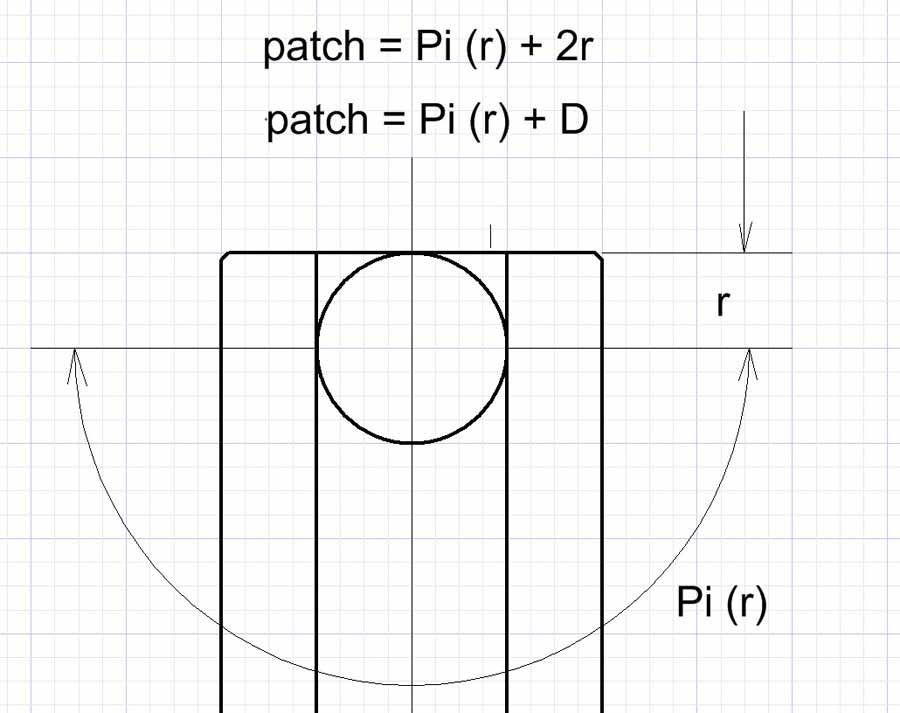I have two quick questions.
First, can anyone here tell me what the diameter is for store-bought shooting patches used in a .54 caliber rifle? Are they of a standard or close size?
Second, how do you go about cutting the little circles of .015 pillow ticking material? Do you use am arch punch or something else? Thanks.
First, can anyone here tell me what the diameter is for store-bought shooting patches used in a .54 caliber rifle? Are they of a standard or close size?
Second, how do you go about cutting the little circles of .015 pillow ticking material? Do you use am arch punch or something else? Thanks.







